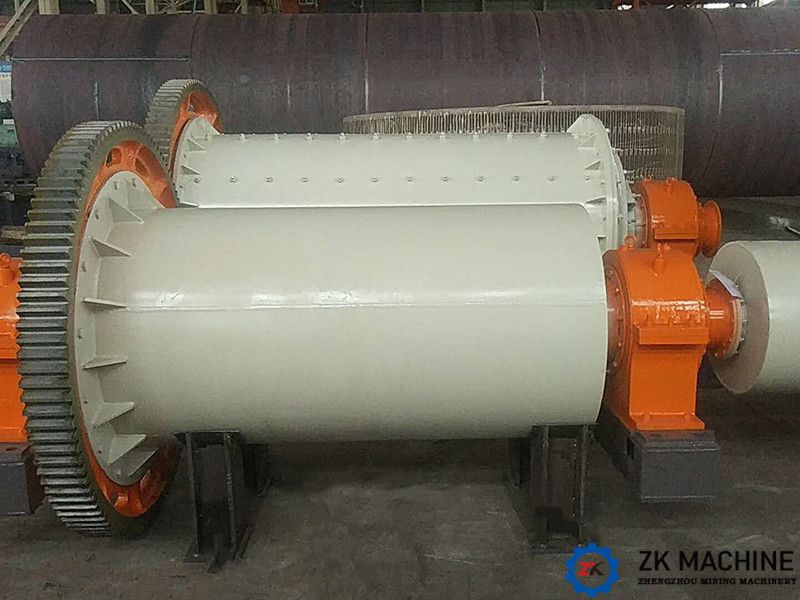Advantages and Disadvantages of Ball Mill
Date:2021-03-19 16:40:19
Author:admin
Views:
154
Ball mills are not only widely used in the building materials industry, but also in metallurgy, mineral processing, chemical, electric power and other industries.
First. Advantages of Ball Mill
1. Strong material adaptability: Ball mills with different specifications and sizes can be made to meet the requirements of various production capacities. The output per hour ranges from a few hundred grams to two or three hundred tons, especially for continuous production with high production capacity, which can meet the needs of modern large-scale industrial production;
2. Large crushing ratio: up to 300 or more, easy to adjust product fineness, uniform product size, and good mixing effect;
3. Strong adaptability: It can work under various conditions, and can be produced by dry method or wet method. It can also carry out drying and grinding together at the same time;
4. Simple and sturdy structure, reliable operation, convenient maintenance and management, and long-term continuous operation;
5. There is a good airtight device to prevent dust from flying.
Second. Disadvantages of Ball Mill
1. Low work efficiency: the energy utilization rate is low, the effective utilization rate is only 2%, and most of the rest is converted to heat and sound energy, and the power consumption per ton of cement is not less than 70kW/h;
2. Bulk size: The total weight of the large-scale mill can reach hundreds of tons, so the one-time investment is very large;
3. The mill speed is low (15-30r/min), if it is driven by an ordinary motor, it needs to be equipped with an expensive deceleration device;
4. The consumption of grinding body and liner is very large: each ton of cement consumes about 1kg of steel;
5. Large noise during operation.
Third. Impact of the grinding particle size on the ball mill
The particle size of the material entering the mill has a great impact on the output, quality and power consumption of the mill. With small particle size and uniform feeding, it is easy to grind. The output and quality of the mill are also high, and the power consumption is also low. On the contrary, the granularity of the mill is large, the feeding is uneven, and the grinding is difficult. The output and quality of the mill are low, and the power consumption is also large. Therefore, the smaller the particle size of the mill is, the more beneficial it is to the mill's production and quality indicators, but the reduction of the particle size of the mill material will be restricted by equipment conditions.

